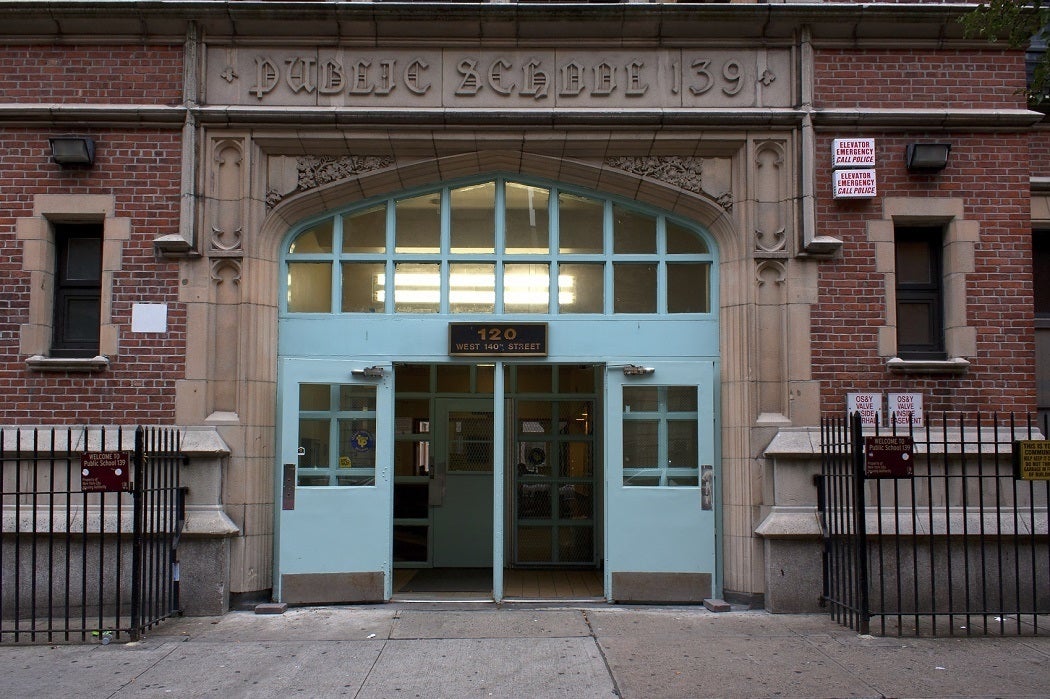The state of New York recently gave Questar Assessments a five-year, $44 million contract to develop tests for third through eighth graders. Questar replaces international educational company Pearson, which held the previous contract—and which is also responsible for one of the widely used sets of assessment tests tied to the Common Core curriculum.
State contracts for test development are big business, and they’re just one part of the for-profit industry that’s grown up around public schools. In a 2007 paper for Teacher Education Quarterly, Pepi Leistyna described the rise of standardized tests and the companies that profit from them.
Leistyna writes that, as early as the 1980s, business leaders and government officials were holding regular meetings to push for nationwide educational standards. In 1991, IBM CEO Louis Gerstner paid $1 million to start the New American Schools Development Corp., which helped win passage of a federal education reform passage. Then, the company sold curricula, tests, and testing materials to schools across the country.
The Elementary and Secondary Education Act of 2001—aka No Child Left Behind—signed by newly elected President George W. Bush, mandated nationwide testing in math and reading. Leistyna found estimates of the annual value of the standardized testing market around 2006 that ranged from $400 to $700 million. That doesn’t include related curricular materials, practice tests, data storage, and test prep packages. Meanwhile, NCLB also mandated that schools that failed to improve students’ math and reading scores sufficiently would have some of their federal funds diverted to tutoring programs like Sylvan Learning Centers, typically run by private companies.
Leistyna identifies four large publishing houses that have “virtually monopolized” the market related to standardized tests and curriculum materials: Harcourt Brace, Houghton Mifflin, Pearson, and McGraw-Hill. The companies design standardized tests for students, publish textbooks, write exams to determine whether teachers are “highly qualified” in their subject areas, and even make posters that some school districts require teachers to hang on their classroom walls. In one case, McGraw-Hill lobbyists used statewide results on the company’s own California Achievement Tests to convince the state legislature to pay for a curriculum program that it also sold.
The McGraw-Hill company also had numerous tied to the Bush family, including former company executives who went on to serve in his administration. Meanwhile, George W. Bush’s younger brother, Neil Bush, sold test preparation material to schools in 10 states through his company, Ignite Inc.
Eight years after Leistyna’s paper was published, Congress is now in the midst of rewriting No Child Left Behind. Regardless of how the final outcome of these negotiations, the widespread adoption of Common Core, and of standardized tests as a key tool in understanding student achievement, means for-profit education companies are a huge part of the public schooling landscape.







